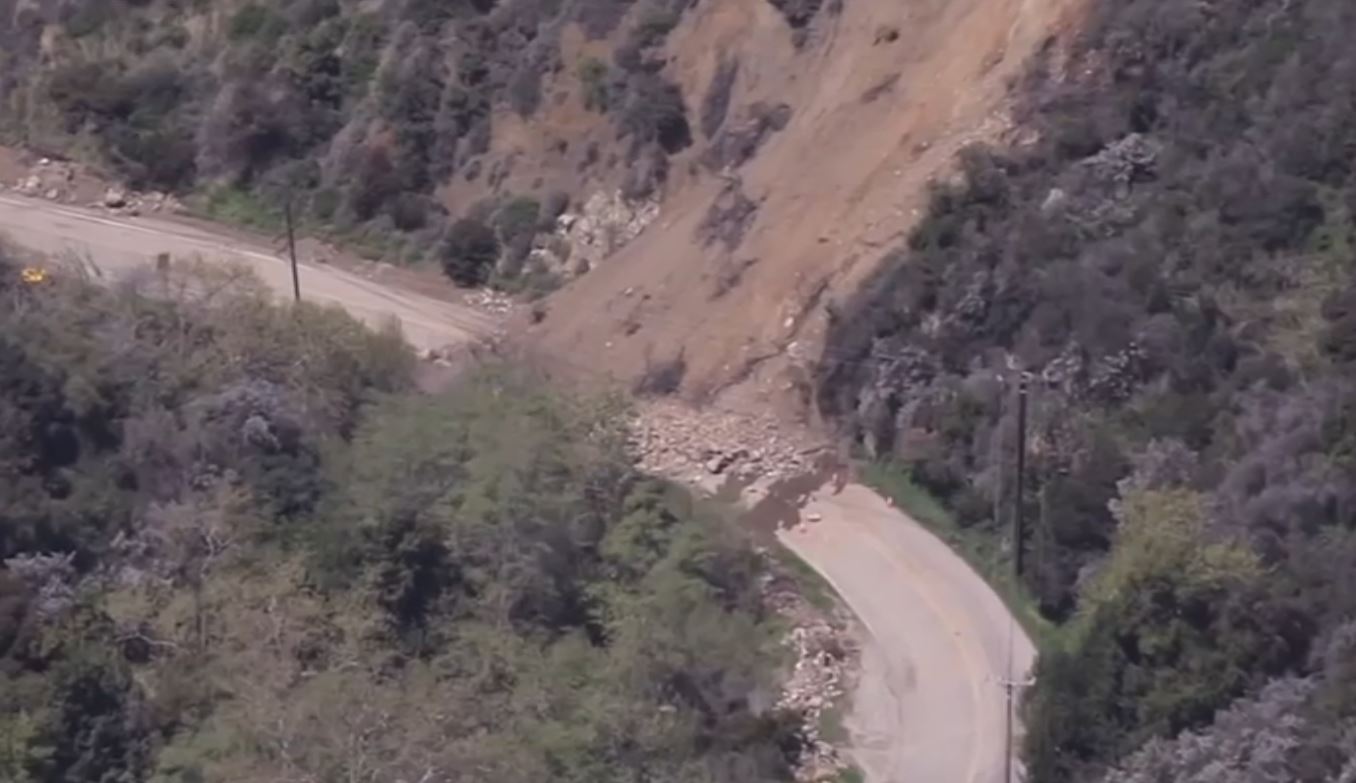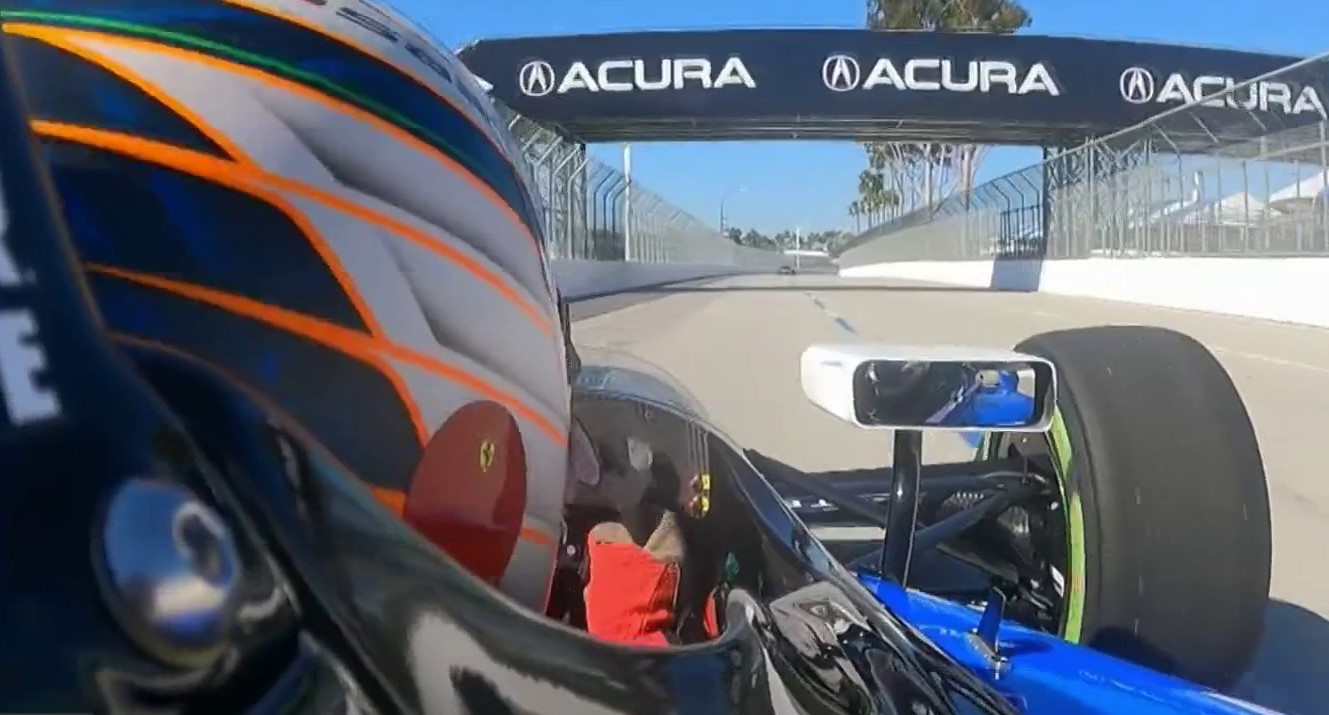When you purchase a ski lift ticket, it is buyer beware. Unlike most mountain states, California has almost no ski safety laws regulating the ski industry.
California is one of the two most popular ski/snowboard states in the nation; the other being Colorado. There are 7.4 million annual visits to California ski areas, according to the California Ski Industry Association.
Now, California Ski and Snowboard Safety Organization (CSSSO) has released a new "Family Safety Report Card," giving skiers and snowboarders a guide of what to watch out for while tearing down the slopes.
The CSSSO is a nonprofit that advocates improving snow sport safety. The report card (PDF) rates 36 safety features at California ski resorts, and then gives them an overall letter grade for safety.
No ski area got an "A." Overall grades ranged from a "B" at Granlibakken in Lake Tahoe, to an "F" at Mt. Baldy near Los Angeles.
Read full report card here (PDF) | Response from California Ski Industry Assn. (PDF)
Much of the information in the report is based on visits to 25 resorts by a team led by former ski patroller Dick Penniman, who has also been an expert witness in lawsuits against ski resorts.
NBC4 and NBC Bay Area hit the slopes with Penniman to have him show us the potential hazards.
"They are going through the motions. The fences and the hazard markings and the signage and all that stuff is up there, but when you look at it closely, some of it is incredibly dangerous," Penniman said.
For example, the NBC4 I-Team saw that some signs at Mt. Baldy, warning skiers and snowboarders not to cross boundaries into avalanche country, were so faded that they were unreadable. The I-Team witnessed one snowboarder walking right past one such faded sign into potentially dangerous terrain.
Both NBC4 and NBC Bay Area discovered that many of the safety concerns documented on the Family Safety Report Card have yet to be addressed.
For example, at Mountain High Resort northeast of Los Angeles, Penniman pointed out icy, bare spots of dirt on busy ski slopes that he says should be marked as hazards for skiers, but aren't. We witnessed numerous snowboarders wiping out on one of these unmarked spots.
Local
Get Los Angeles's latest local news on crime, entertainment, weather, schools, COVID, cost of living and more. Here's your go-to source for today's LA news.
Also at Mountain High, Penniman pointed out numerous crash obstacles alongside ski runs, like snowmaking guns and chairlift towers that had flimsy, worn-out padding that he says won't protect skiers.
"If they hit this at high speed, it would be as though this pad doesn't exist," Penniman said.
Mountain High received a "C" safety rating on the new report card.
NBC4 asked the VP of Operations for Mountain High, Robert Chacon, "Are you satisfied with a 'C' for safety?" "No, definitely not," Chacon replied.
Chacon went on to say he knows there are areas of safety that Mountain High could improve upon.
It's unknown exactly how many accidents occur at California ski areas, because the resorts don't have to release accident data.
"We really don't have good information to understand where the greatest impact can be made, in terms of reducing accidents and injuries because we don't have the data," said Dan Gregorie, founder of the CSSSO.
He has been on a mission to get ski resorts to make accident data public since losing his daughter in a 2006 snowboard accident at Alpine Meadows Ski Resort, which also gets a "C" grade for safety.
Gregorie has been one of the forces behind several ski safety bills that would have required California ski areas to establish safety standards and report injuries.
Two bills have passed the state legislature since 2010, but both Govs. Jerry Brown and Arnold Schwarzenegger vetoed them.
In their veto messages, Brown contended that the bill was unnecessary, while Schwarzenegger argued this is information already being tracked by the United States Forest Service.
With the lack of ski safety legislation, Gregorie came up with the idea of the Family Safety Report Card on ski areas.
"I'm not saying that people shouldn't go to resorts. However, I think they should be aware of the risks," Gregorie said.
The I-Team reached out to the California Ski Industry Association (CSIA) for comment on the Safety Report Card, and the research it was based on.
In a statement (PDF), CSIA states: "Ski areas declined to participate due to the well-known biases of the author…and it failed to address the behavioral side of the safety equation."
But ski areas are taking notice of their grades on the report card, such as Mt. Baldy, the only California resort that got an "F" rating.
"I don't like being an 'F.' We're going to take a look at the recommendations from the report card, and see what we can do to improve on them," said president of Mt. Baldy Ron Ellingson.



